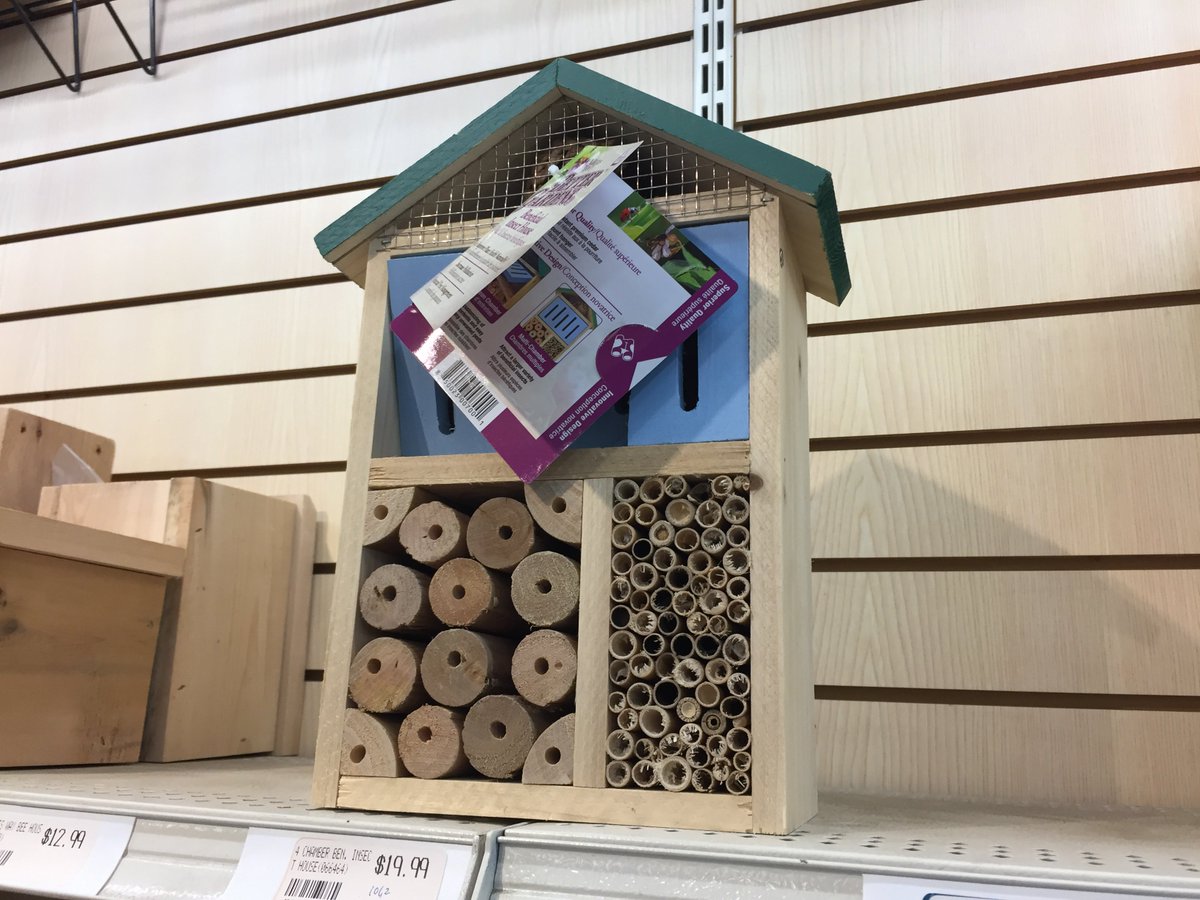
I found a box of @Hostess_Snacks Twinkies from 2012 in my basement and I thought I'd make a short thread. There were some surprises. 
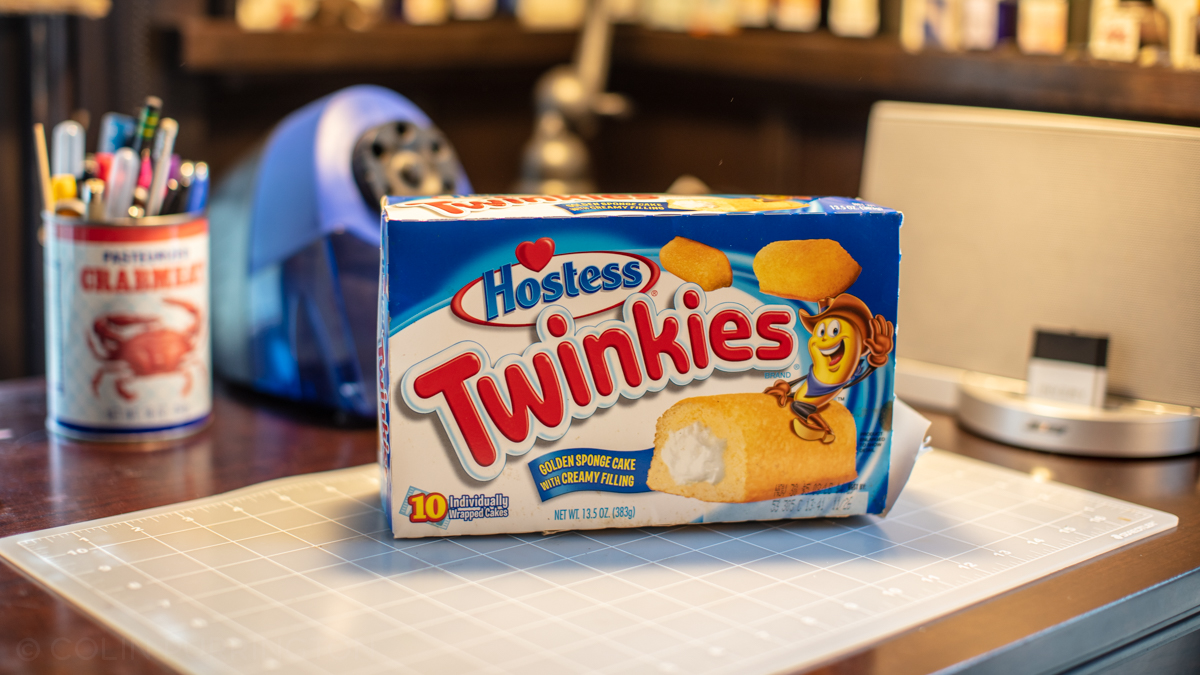
2. The Twinkie from 2012 is on the left. It seems to have settled a bit over the years and looked dry. The biggest difference is that the cream filling has browned and constricted a bit, leaving air gaps. 
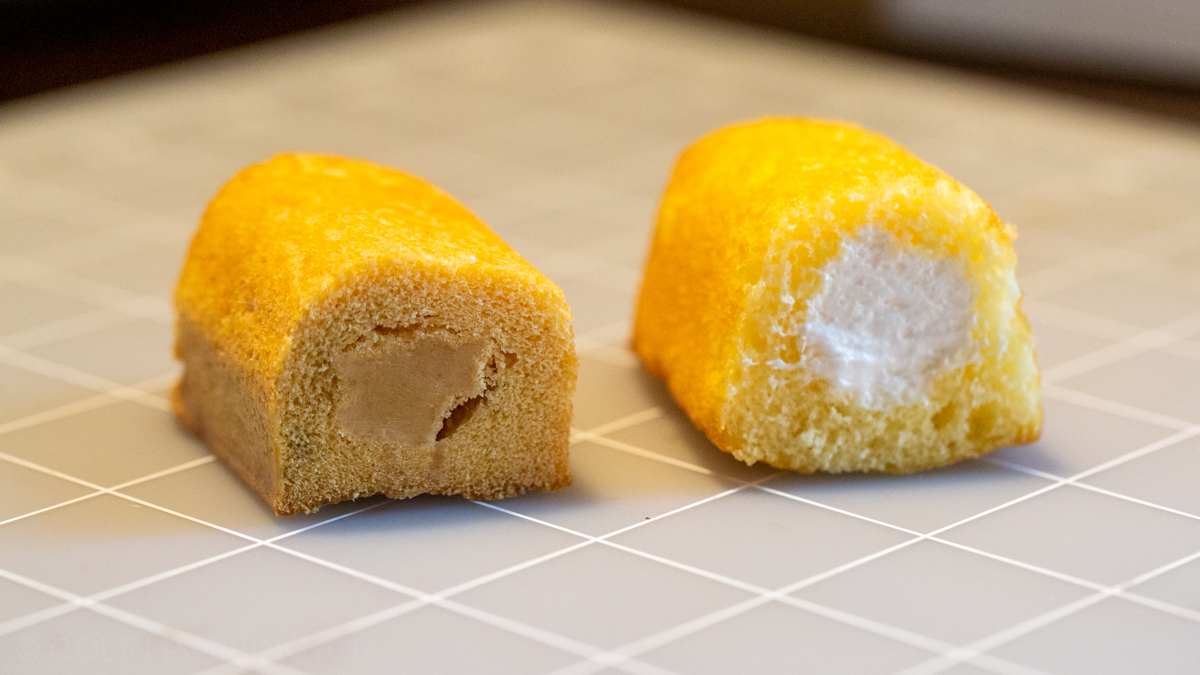
3. Although I grew up thinking Twinkies would last for years, if not forever, I was wrong. The one I bit into was chewy, unsweet, and smelled like rotting ginkgo fruit. I gagged. I have nobody to blame but myself — the box clearly warned, "Best Used by Nov 26th" (2012). 

4. I didn't try this Twinkie because it's hosting an organism of some sort. I guess it could be dead but that's not something I'm going to risk. I've seen that movie before. Maybe somebody on @inaturalist will recognize it. Here's link in case that's you: inaturalist.org/observations/6….
5. I promised there was a surprise and this is it: one of the Twinkies had shriveled into a small log, sucking in the plastic like it was vacuum-packed. Is that something a fungus or bacteria does, or is there some abiotic chain-reaction taking place? 

6. You might be curious why I had Twinkies from 2012 in my basement. That was the year the company was reported to be going belly up, so I'd rushed out and bought a box for future giggles. Plus I spent part of my childhood in Utah where stockpiling food is a moral duty.
7. By popular demand, here's a close-up of the shriveled Twinkie. It is approximately 1 oz lighter than a fresh one. 

8. More views of the 8-year old Twinkie, some of which seem to show fungal hyphae. I also noticed several globs of yellow on the exterior of the wrapper (e.g., bottom right pic) that I assume are from holes. Maybe it's one of those fungi that can eat plastic. 



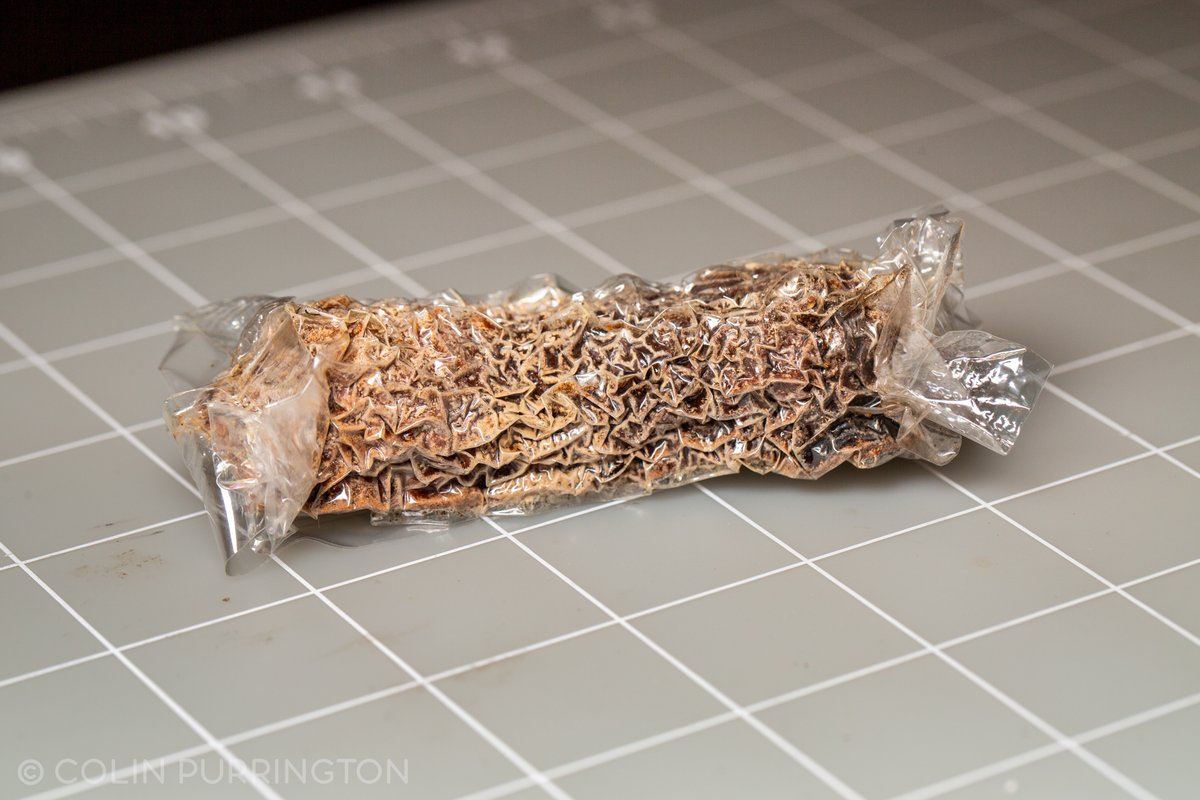
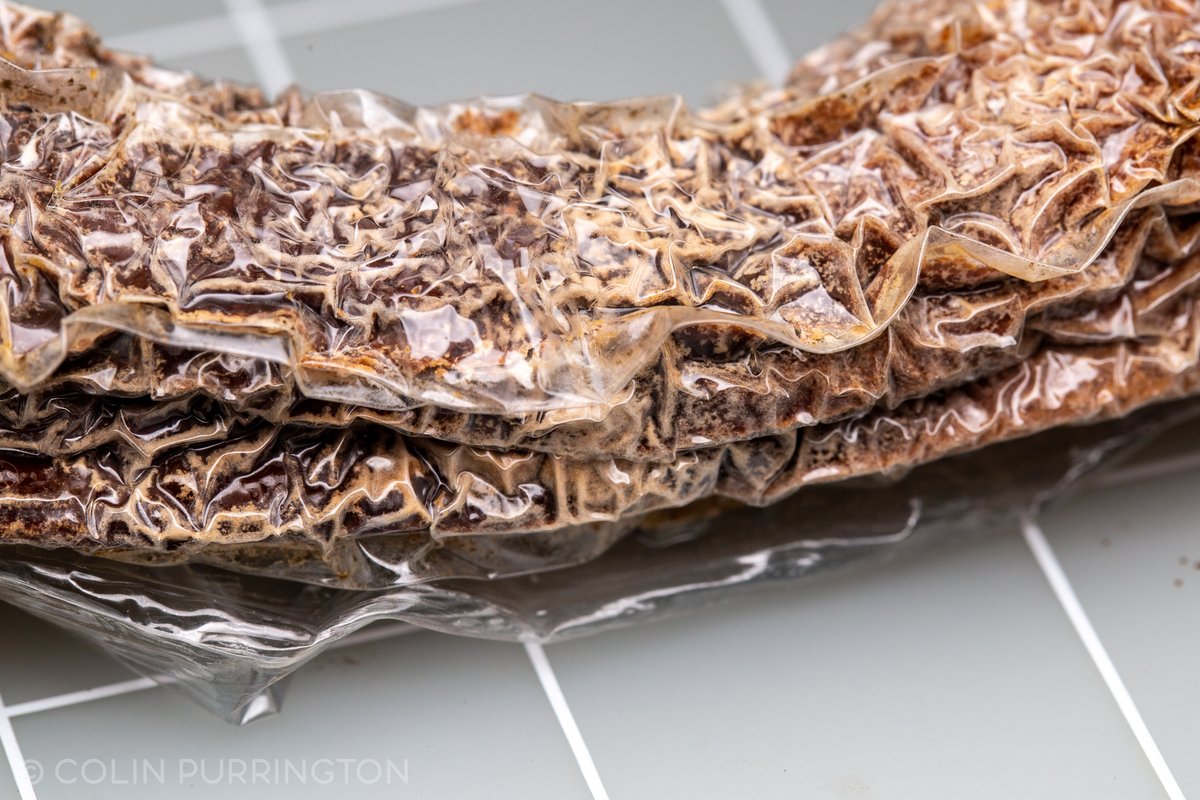
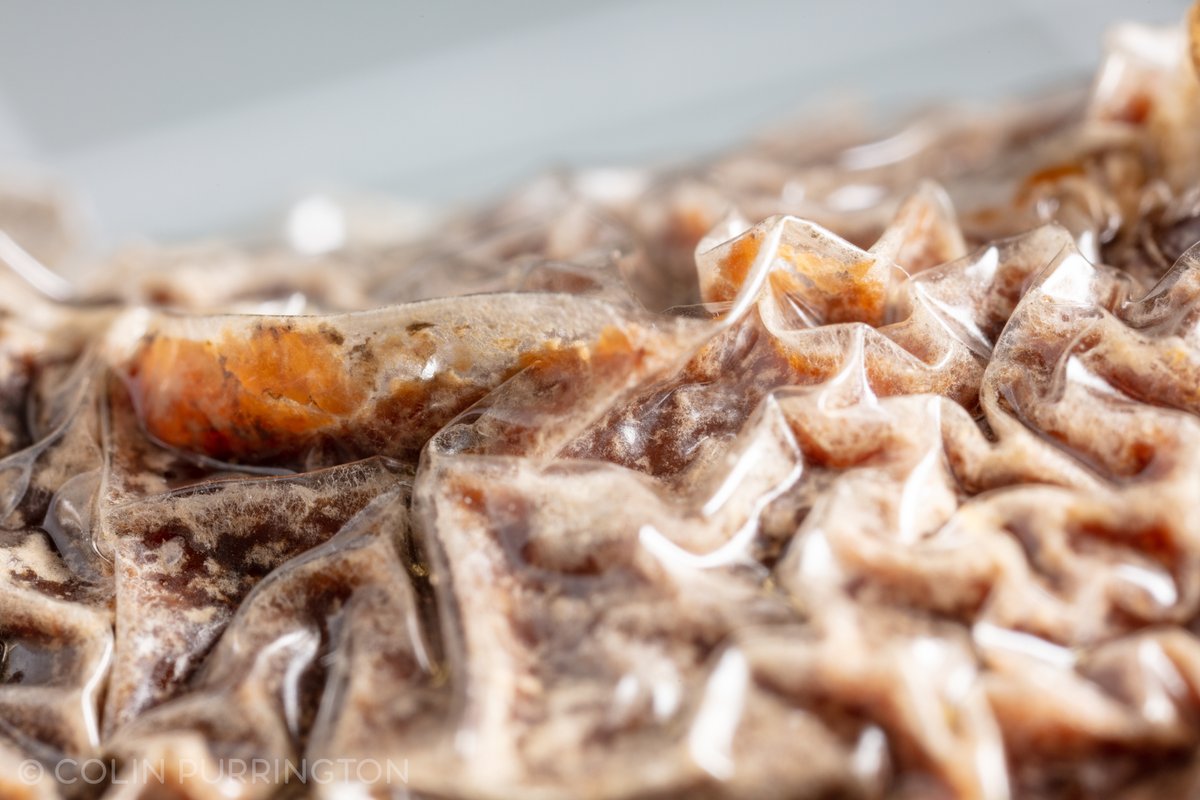
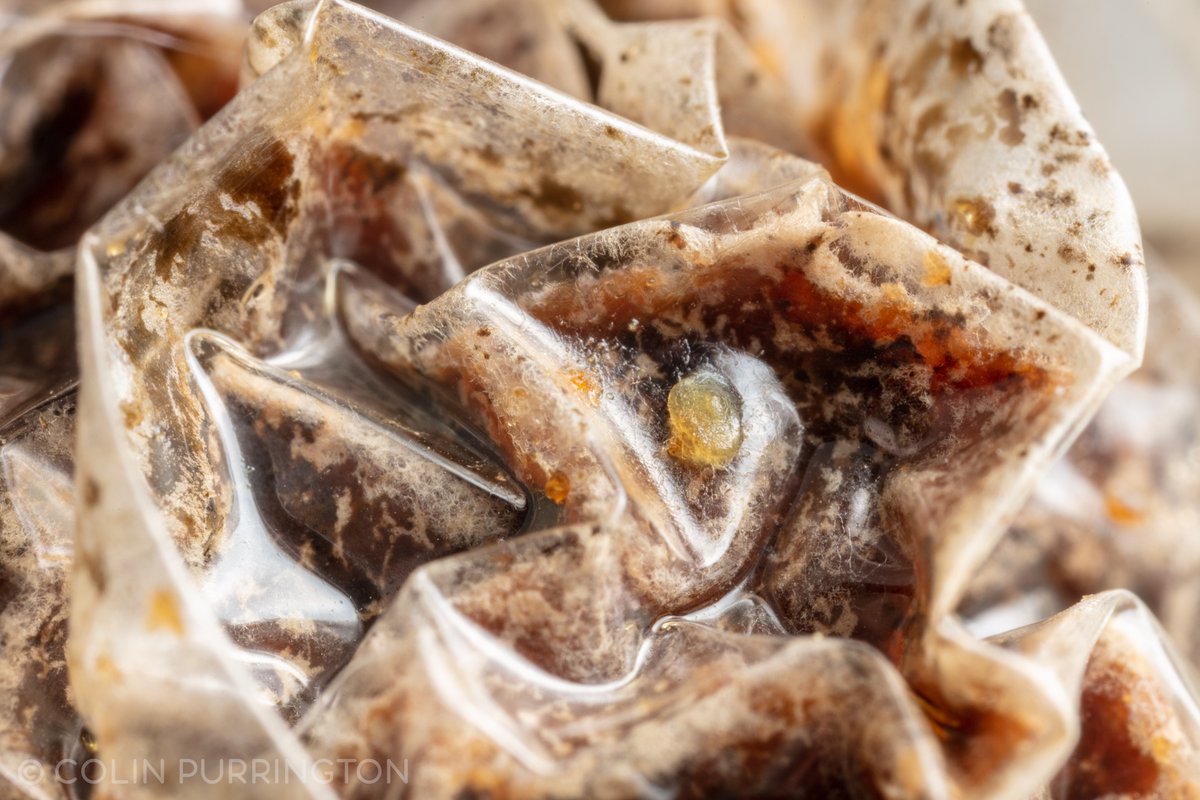
9. Infected Twinkies are on their way to @kasson_wvu and @lovettbr. For the culture, of course. Stay tuned. 
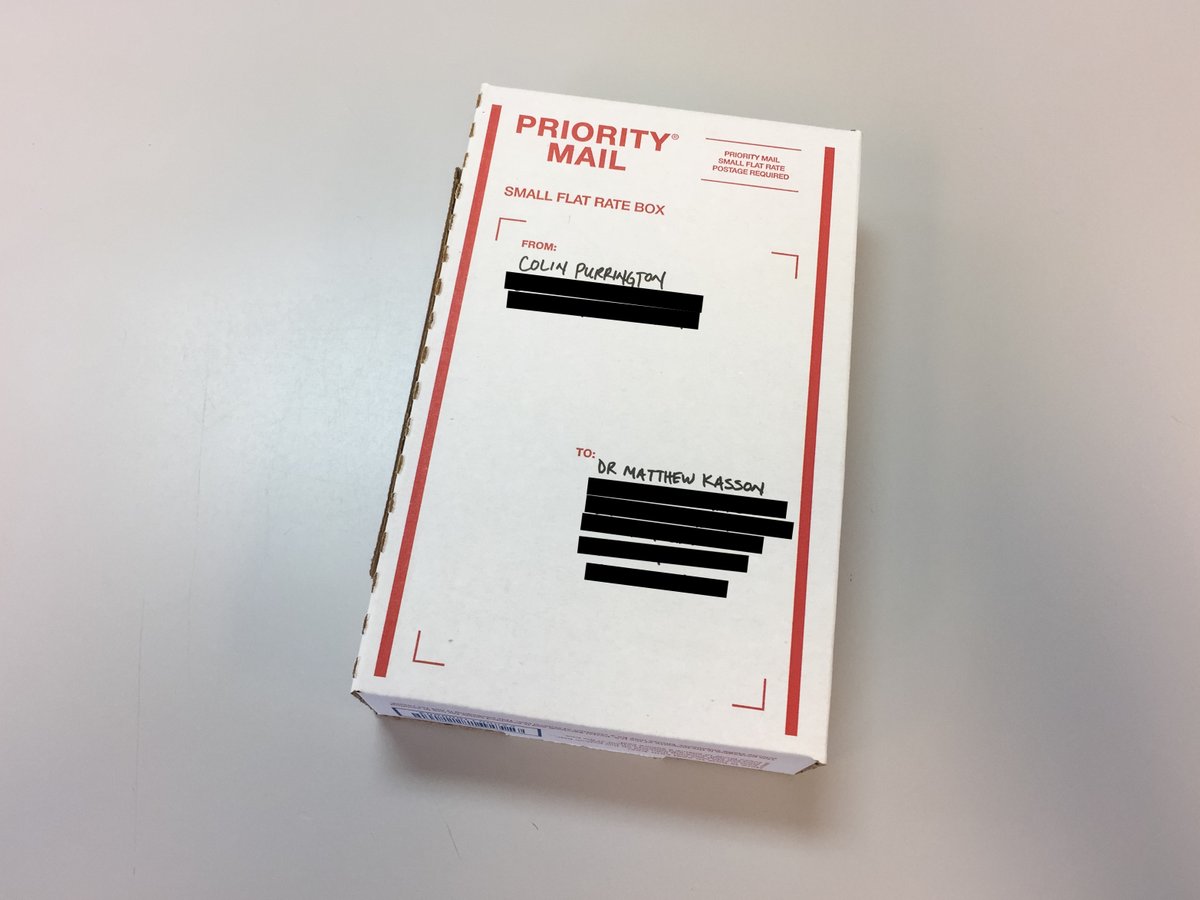
• • •
Missing some Tweet in this thread? You can try to
force a refresh

